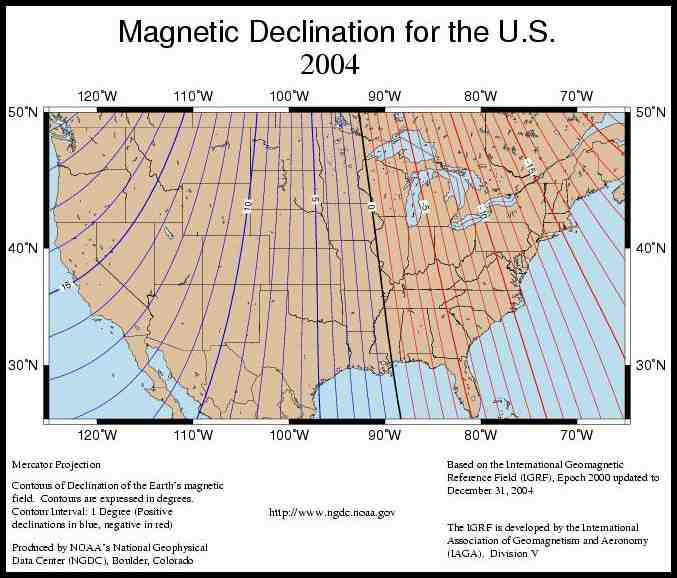Contents
During which time of year is the noon sun directly overhead 90 degrees at 28 degrees north latitude?
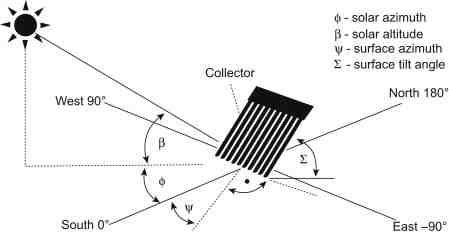
| Average year-to-day | 0 |
|---|---|
| Last year | 46 |
What are the maximum and minimum duration of daylight at your latitude?
At a height of 0 ° (the Equator) the length of the sun is about 12 hours. Equatorial areas regularly produce 12 hours of daylight throughout the year. As the latitude increases to 80 ° (polar circle – north or south) the length of the sun can be seen increasing to 24 hours or decreasing to zero (depending on the time of year).
Is the sun ever directly overhead 90 degrees in NY?
Beyond 23.5 degrees S there is not even a day when the sun is directly overhead. … This means that the lamp extends up to the Equator (23.5 degrees) as well as another 67 degrees (up to ninety-five degrees) on the front side of the Arctic Circle (66.5 degrees N).
Which city would you expect to experience the most direct sunlight year round?
According to the World Meteorological Organization, Yuma (Arizona) is the world’s largest solar system. It has an average of 11 hours of sunshine in winter and up to 14 hours in summer. This means that Yuma earns an average of 15,000 hours a day per year.
How often does San Diego experience the subsolar point?
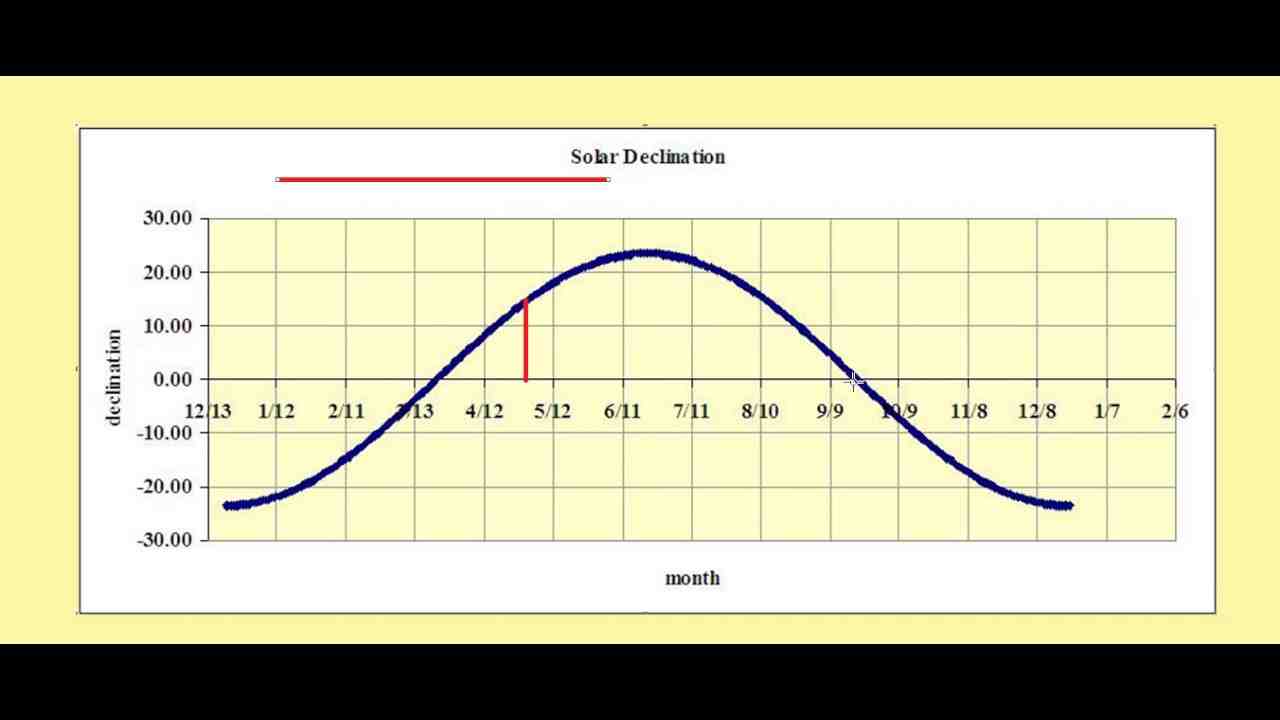
From the independence of San Diego, this county receives the lowest point: once a year / twice a year / not at all (circle it.
What month has the shortest day?
Bottom line: The 2020 December solstice takes place on Monday, December 21 at 10:02 UTC (4:02 am CST; translate UTC to your own time). It marks the shortest day of the Northern Hemisphere (first winter) and the longest day of the Southern Hemisphere (first summer day).
What happens if you live in an area without a Subsolar point?
Lauren said if you live in an area without any subsolar points, SOMETIMES you receive a direct date. Grant said if you live in an area without a subsolar poo YOU ALWAYS receive direct sunlight.
What is the most likely subsolar point on September 22?
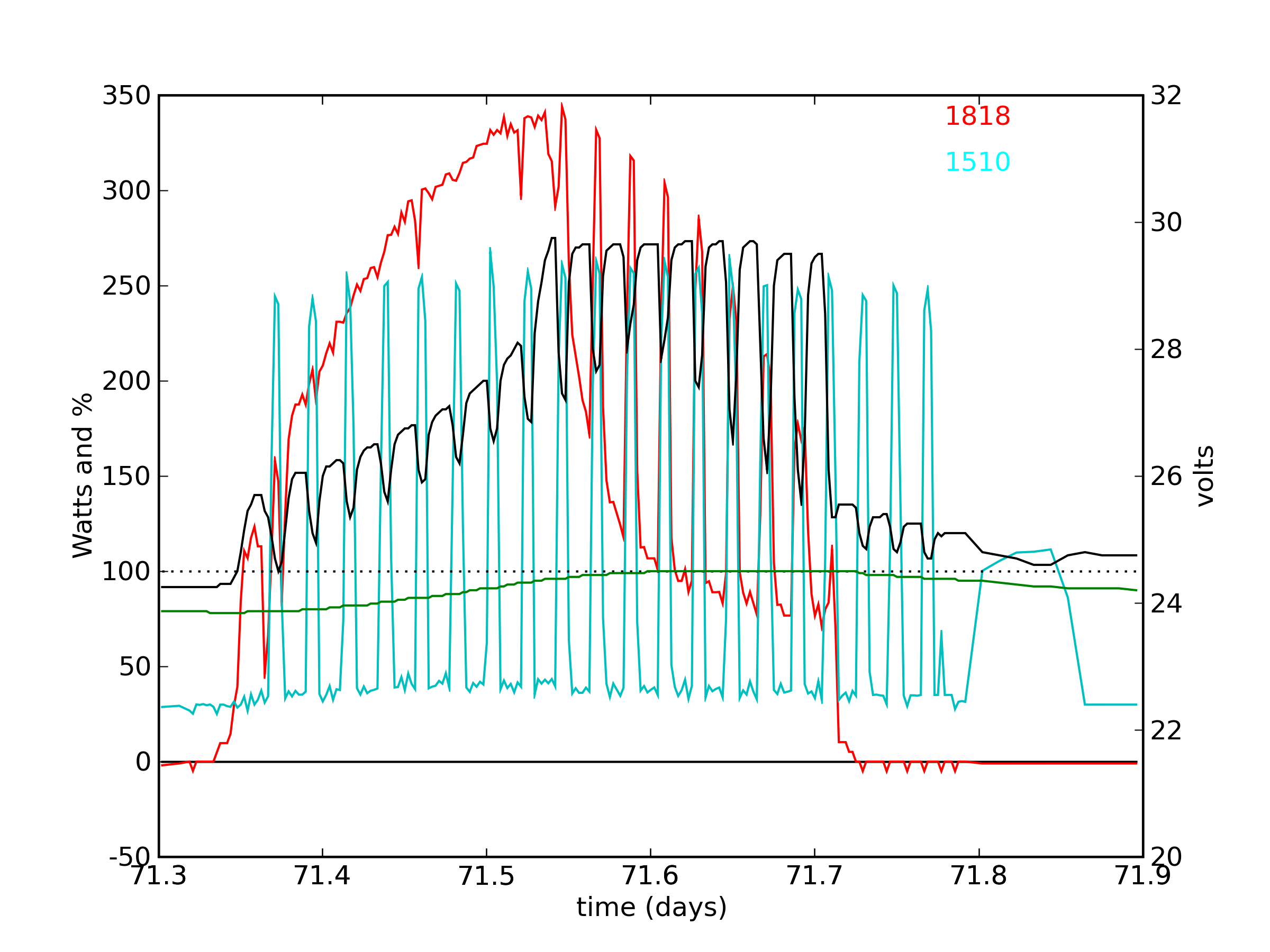
August 22 or 23 is the time of the storm (or fall) equinox of the North Hemisphere, and the earth’s surface is heading south.
How often does the equinox happen?
Every six months, once in March and again in September, the equinox divides the Earth by about half an hour, giving us 12 hours a day and 12 nights.
What are the 2 types of Solstice?
What are the two types of Solstice?
- June Solstice. It takes place on June 21 and is also known as the North Solstice.
- Zvita Solstice. It takes place on December 21 and is also known as the Southern Solstice.
Which part of the earth’s surface has 24 hours daylight?
During the northern hemisphere summer solstice, the “upper” area of the Arctic Circle – about 66.5 degrees north) – receives 24 hours a day, while the southern polar region is in total darkness.
Why is the June solstice associated with the southern hemisphere winter?
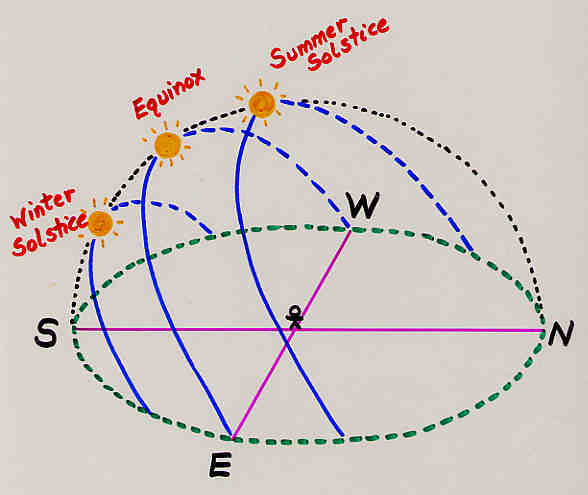
Why is the June solstice associated with the Southern Hemisphere winter? Because the sun is very low in the Southern Hemisphere. Why does the equator receive day and night equally? … What happens to the length of the day (the number of hours of the day) when you are north of the Equator?
Are days getting longer now?
The second season of the year, the winter solstice in the northern Hemisphere is the shortest day of the day and will occur on Tuesday, December 21, 2021. After winter, the days are slow to start longer again, heading for spring and summer.
Does the noon sun at the North Pole ever get as high as it is on January 22 at 45 degrees north?
Noon Late at the North Pole does it ever climb as it is on 22 January at 45⁰ N? No.
What happens to the length of day the number of hours of daylight as you move north of the equator on June 21?
what happens to the length of the day when you walk north of the equator? the number of hours of the day is longer.
Sources :

